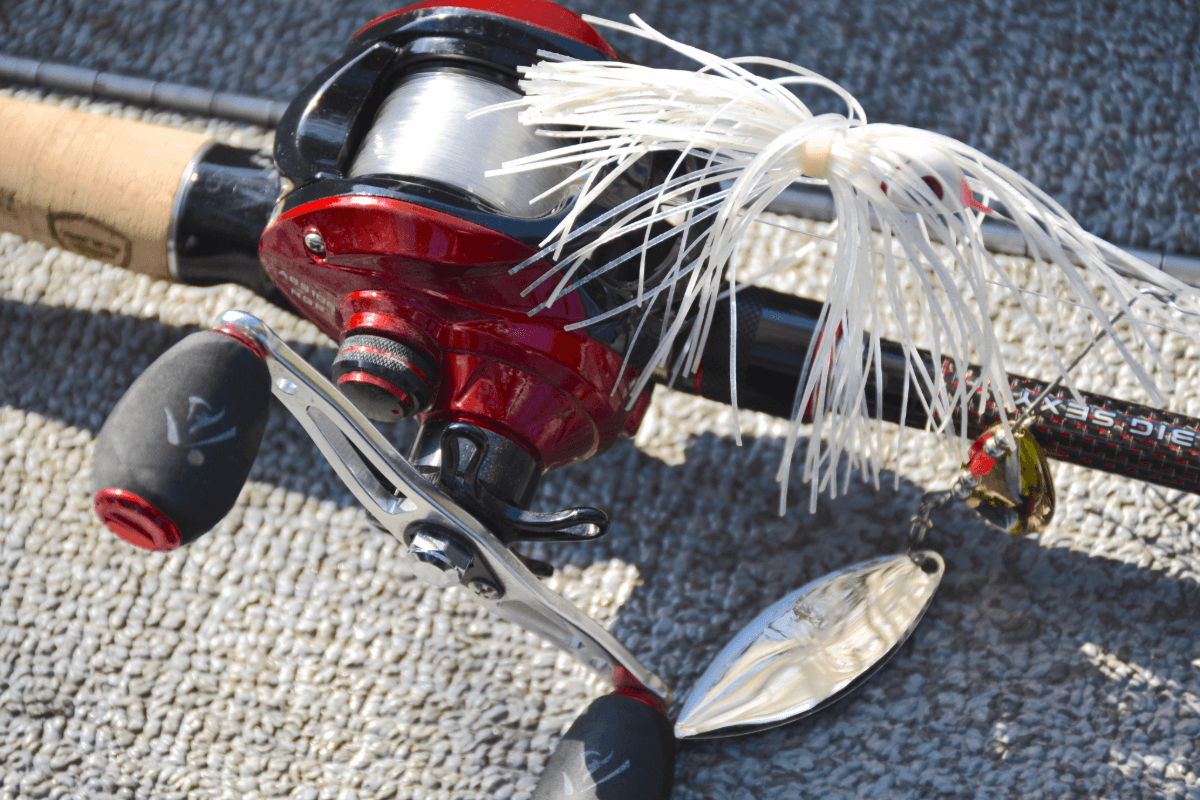
Fluorocarbon has rapidly become the standard for pike fishing. This fishing line allows you to fish for pike in the best possible conditions. This fish is very combative, with a jaw full of sharp teeth. Your rigs, lures and fishing lines need to be able to cope with this constraint.
For many years, anglers have been using steel to make pike rigs and leaders. However, this material has certain limitations when it comes to lure fishing for predators. It is rigid, visible and has a strong shape memory.
Discreet, flexible and easy to tie, fluoro is the best choice for pike fishing. In this article, you'll find all our advice on how to use the most suitable fluorocarbon for pike fishing and the way you fish.
Why choose fluorocarbon for pike fishing?
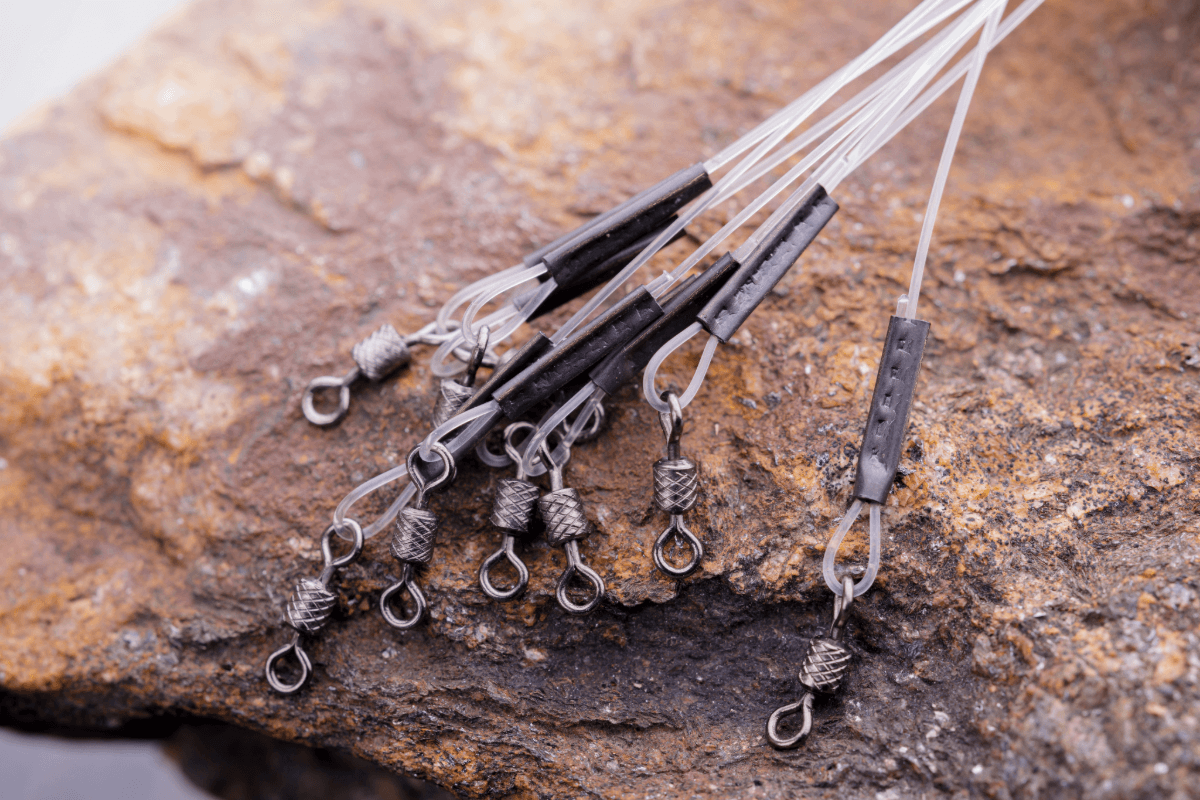
Abrasion and UV resistant
Fluorocarbon is a fishing line similar to monofilament. However, compared with monofilament, fluorocarbon is more resistant to abrasion due to its greater density. It is therefore more resistant to rubbing against obstacles or pike teeth.
UV rays also weaken nylon but spare fluorocarbon. While mono becomes brittle after long exposure to the sun, fluorocarbon retains its original properties.
Easy to fit
Unlike steel or titanium, fluoro is easy to fit. You can knot it, sleever it and even heat it with a lighter! 100% fluorocarbon is stiffer than nylon. But nylon doesn't burn! So you can use a lighter to make a mushroom to make a superb staple knot.
This type of knot only works with 100% fluorocarbon. The staple knot eliminates the need for staples orsplits rings and allows you to change lures without having to retie the knot. Fluoro tolerates very well the connection with a braid of adapted size and does not pose any problem of resistance.
Discreet under the surface
Discretion is surely one of its greatest qualities. Fluoro has a refractive index close to that of water, making it virtually invisible below the surface. This is why fluoro is so widely used to make discreet leaders.
Pike are fish with very good eyesight. In clear water, choose a fluoro leader between 1m and 1.5m long to remain as inconspicuous as possible up close to this predator.
Low elasticity
Fluorocarbon's low elasticity can be a disadvantage when fishing. When fishing for pike, a line with low elasticity is preferable in order to strike effectively at their bony mouths. Low elasticity also helps to restrain a pike so that it does not become trapped in weed beds or dead wood.
How do I choose the right diameter?
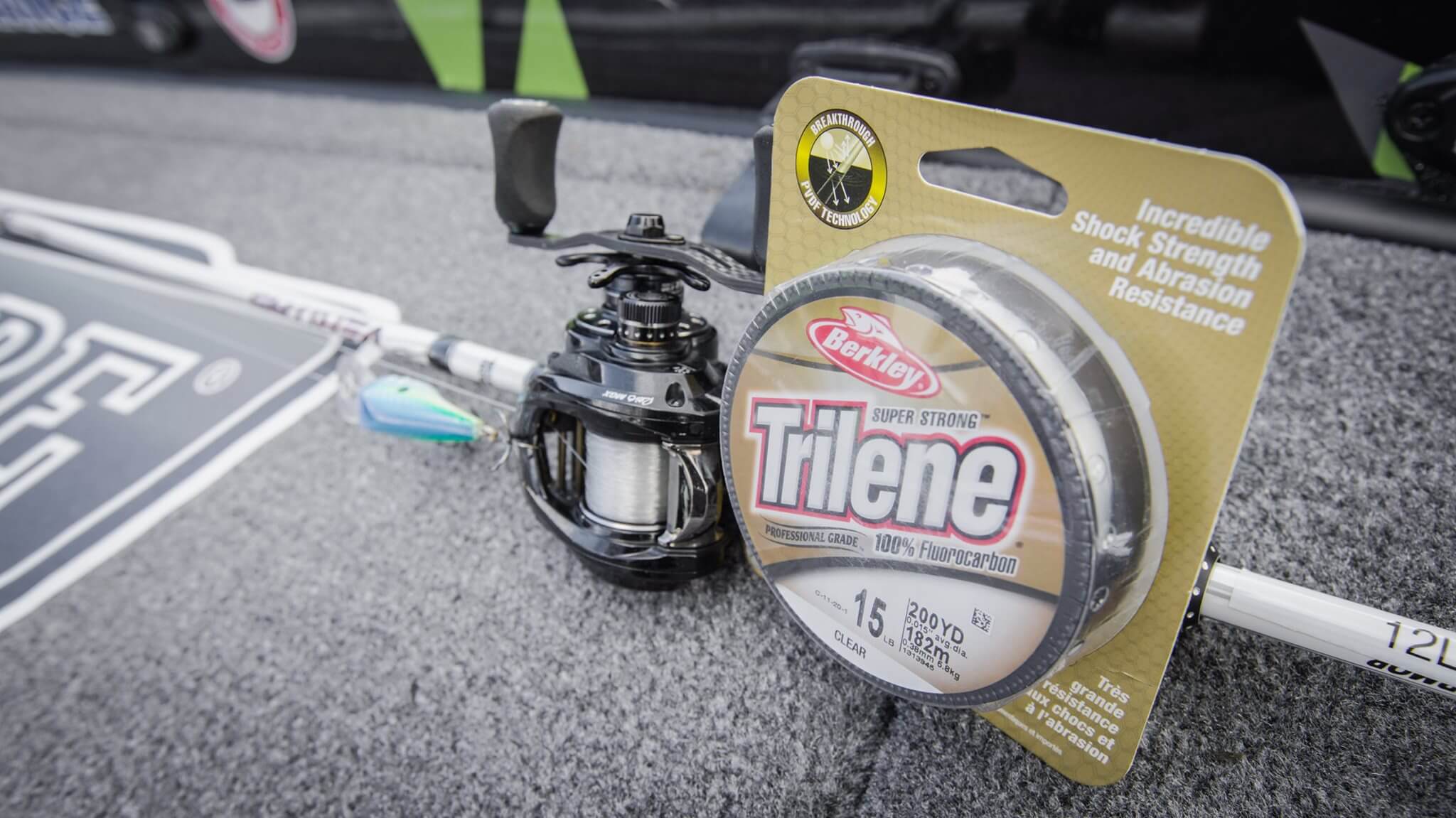
Fluorocarbon comes in a wide range of diameters. Diameters ranging from 6/100 to 120/100 are common. Despite the abrasion-resistant qualities of fluorocarbon, a diameter that is too small will not be effective for pike fishing without the risk of cutting or breaking. However, the choice of diameter should not be based solely on strength. Pike can be fished with lures of various sizes from 10cm to 30cm.
By choosing too large a diameter to use a small lure, you run the risk of hampering its swimming action and thus reducing your chances of catching a pike. Fluoro in 80/100 is the most versatile lure for pike fishing. As with your choice of line (braid, titanium, steel...), the diameter should be adapted to your fishing technique and the fish you are looking for: pikeperch, perch, pike, black bass... So choose a fluoro diameter suited to your lure to keep your rig as flexible as possible.
- Between 10 and 13cm: 60/100 maximum, titanium is recommended.
- Between 13 and 16cm: 70 to 80/100
- Between 16 and 20 cm: 80 to 90/100
- Over 20cm: 90/100 and more
The length of your leader is also important. It needs to be versatile, long enough to fish discreetly and short enough to make casting easier. The knot that connects your braid and a large-diameter fluoro can sometimes get stuck in the rings and reduce your casting distance. To counter this problem, use a strong, flat FG knot.
Our selection of fluorocarbons for pike fishing
Not all fluorocarbons are created equal. Price is not always a guarantee of quality. Here are 3 models of fluorocarbon suitable for pike fishing that we recommend with our eyes closed, based on our experience.
PVDF from Waterqueen
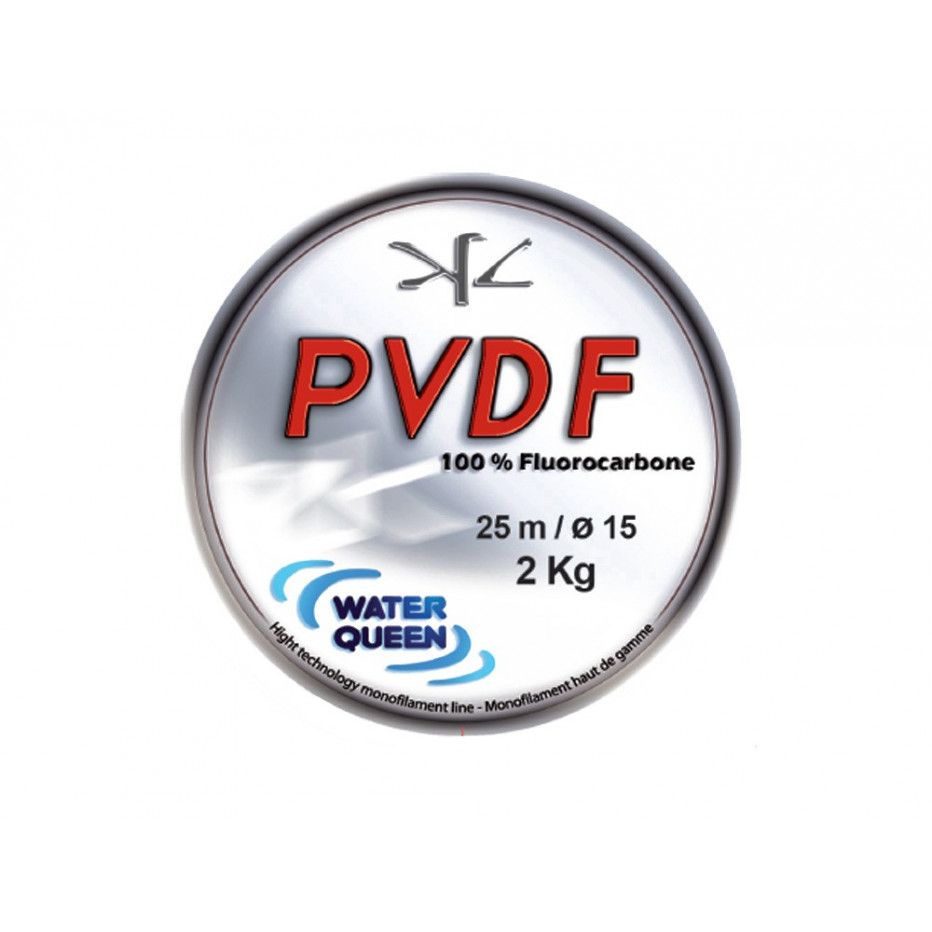
A must-have, Waterqueen PVDF is 100% fluorocarbon. It is robust and available in a wide range of diameters. PVDF has been recognised for many years by many pike anglers. It is easy to use and tie. Its only drawback is its shape memory due to its high density.
The Seaguar Neox from Yuki
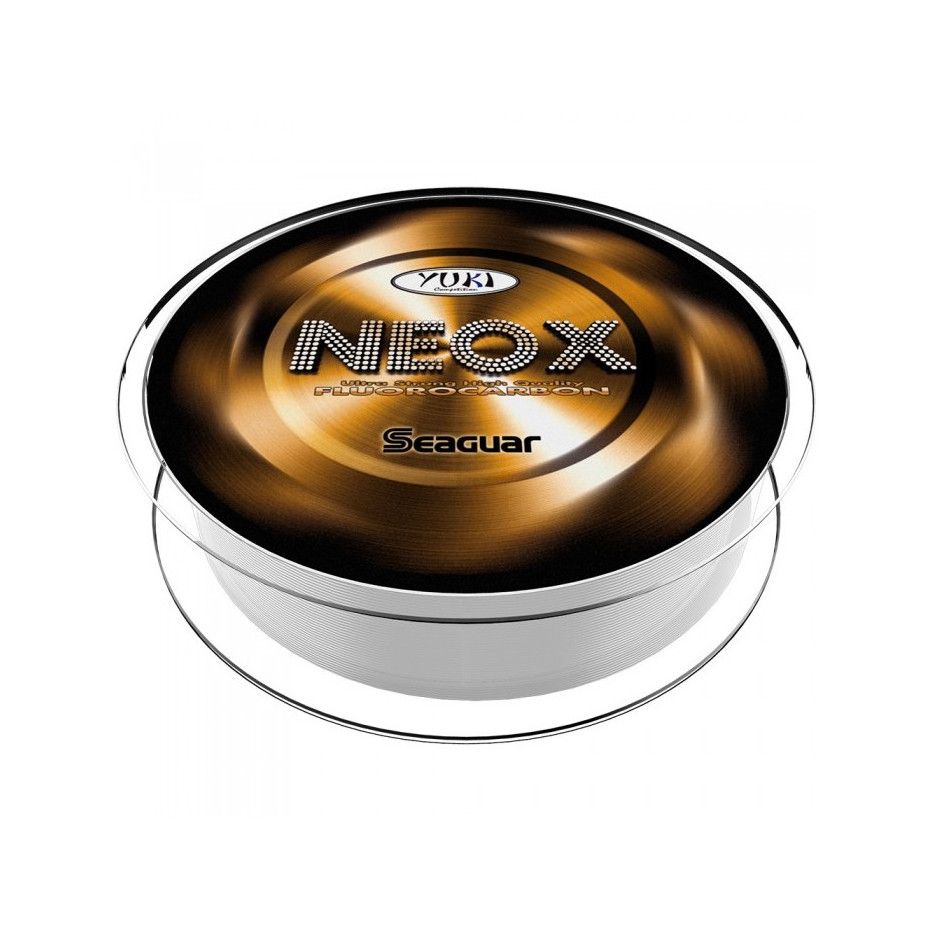
Not the cheapest. The Seaguar Neox from Yuki is characterised by its resistance to friction. Yuki is a well-known brand in the world of surfcasting. The brand has therefore pooled its expertise to design this almost invisible, unbreakable fluoro.
The J Fluoro from Daiwa
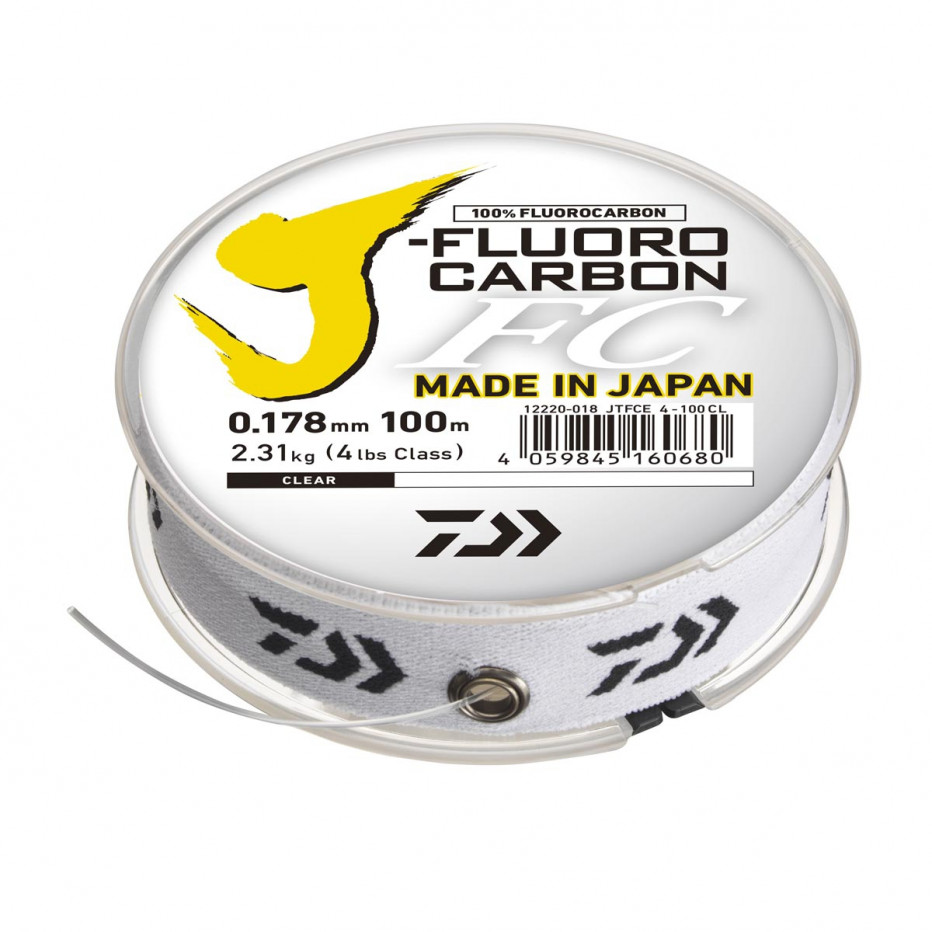
The J Fluoro is great value for money. Flexible, durable and clear, it comes in 50m and 100m spools, fitted with a perforated elastic band to hold the fluoro in place on the spool while still being able to use it freely. So your fluoro won't come undone in your bakkan!
To sum up, here's what you need to remember
Choosing your fluorocarbon is not at all complicated. However, whatever diameter you choose, you'll need to take into account its elasticity and flexibility to ensure it's best suited to your fishing technique and the size of your lures. Opt for 100% fluorocarbon if you want to make staple knots or an FG knot. For pike fishing, opt for a diameter of 80/100. It will be versatile enough for lures of 15cm and over.
